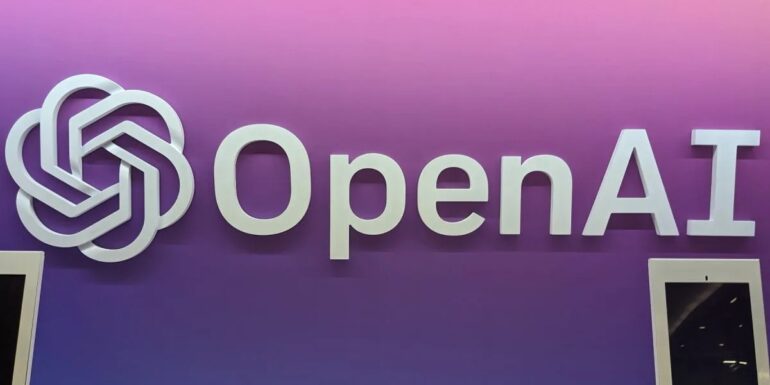TL;DR:
- OpenAI’s board now has the authority to prevent the release of AI models, even if the leadership deems them safe.
- New guidelines aim to address high-risk scenarios related to powerful AI systems.
- Recent turmoil at OpenAI highlighted the balance of power between directors and the executive team.
- A “preparedness” team will assess AI safety across various categories, including cybersecurity and catastrophic risks.
- Monthly reports from this team will be scrutinized by an internal safety advisory group.
- The board can reverse decisions made by the CEO and leadership team regarding AI releases.
- OpenAI commits to releasing only models rated “medium” or “low” in terms of perceived risks.
- The guidelines aim to formalize and expand upon existing AI assessment processes.
- OpenAI hopes other companies will use these guidelines for risk evaluation.
Main AI News:
OpenAI has taken a significant step in enhancing the oversight of its AI advancements. The company’s board now possesses the authority to withhold the release of AI models, even if the leadership deems them safe. This move underscores OpenAI’s commitment to fortifying safety measures in the realm of cutting-edge AI technology.
This development was articulated in a recent set of guidelines released by OpenAI, elucidating the approach the ChatGPT-maker intends to adopt in addressing potential high-risk scenarios associated with its most potent AI systems. These guidelines follow a period of upheaval within OpenAI, marked by the brief ousting of Chief Executive Officer Sam Altman by the board. This event has spotlighted the intricate power dynamics between the board of directors and the company’s executive team.
OpenAI’s newly established “preparedness” team has undertaken the responsibility of continually assessing the safety of its AI systems across four distinct categories. These encompass potential cybersecurity concerns, as well as threats related to chemical, nuclear, and biological domains. The primary objective is to mitigate any perceived risks that the technology may pose. The company is particularly vigilant in monitoring what it terms “catastrophic” risks, defined in the guidelines as risks capable of causing hundreds of billions of dollars in economic damage or resulting in severe harm or loss of life for many individuals.
Heading the preparedness group is Aleksander Madry, who is currently on leave from his faculty position at the Massachusetts Institute of Technology. Madry’s team will generate monthly reports for a newly formed internal safety advisory group. This advisory group will scrutinize Madry’s team’s findings and subsequently provide recommendations to Sam Altman and the board. While Altman and his leadership team retain the authority to decide on the release of a new AI system based on these reports, the board reserves the right to overturn their decision, as outlined in the document.
OpenAI introduced the “preparedness” team in October, establishing it as one of three distinct groups overseeing AI safety at the company. The other two groups are “safety systems,” which assess existing products like GPT-4, and “superalignment,” which concentrates on the hypothetical yet immensely potent AI systems that may emerge in the future.
Madry’s team is committed to recurrently evaluating OpenAI’s most advanced AI models that have not yet been unveiled. These models will be categorized as “low,” “medium,” “high,” or “critical” based on perceived risks. The team will also implement adjustments to mitigate potential hazards identified in AI and gauge their effectiveness. OpenAI will exclusively introduce models that receive ratings of “medium” or “low,” aligning with the new guidelines.
“AIs are not merely forces that happen to us, with uncertain outcomes. They are tools that we mold and shape,” emphasized Madry. He expressed his hope that other companies will draw inspiration from OpenAI’s guidelines to evaluate potential risks associated with their own AI models. Madry asserted that these guidelines formalize and expand upon the processes OpenAI had previously employed in assessing AI technologies it had released. The details were developed over the past few months, with input from various stakeholders within OpenAI.
Conclusion:
OpenAI’s move to grant its board the authority to halt AI releases, despite CEO approval, underscores a commitment to stringent safety measures. This development reflects a growing awareness of the potential risks associated with advanced AI technology. For the market, it signifies a shift towards greater accountability and vigilance in the development and deployment of AI, which may set a precedent for industry-wide safety standards and practices.

